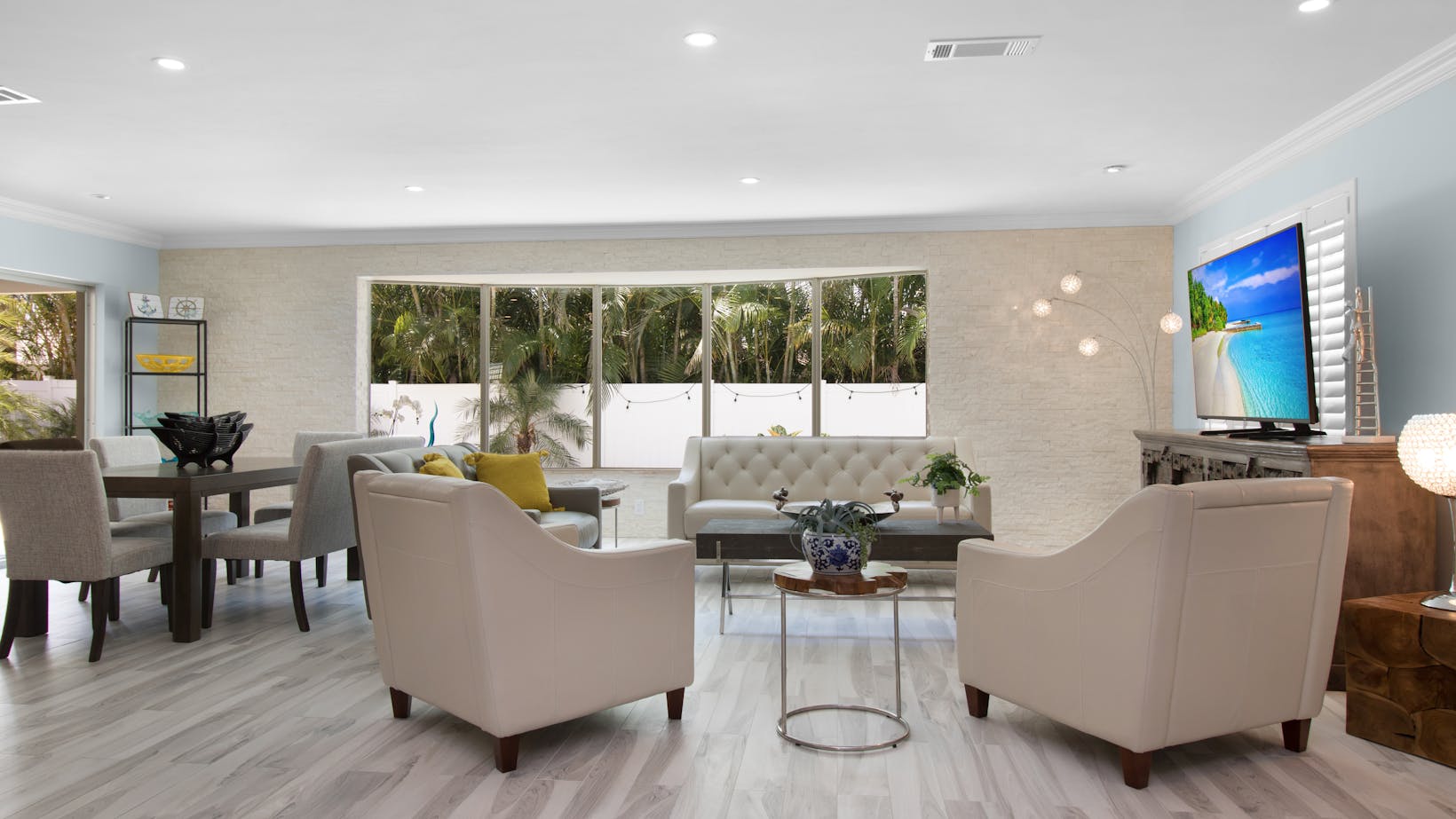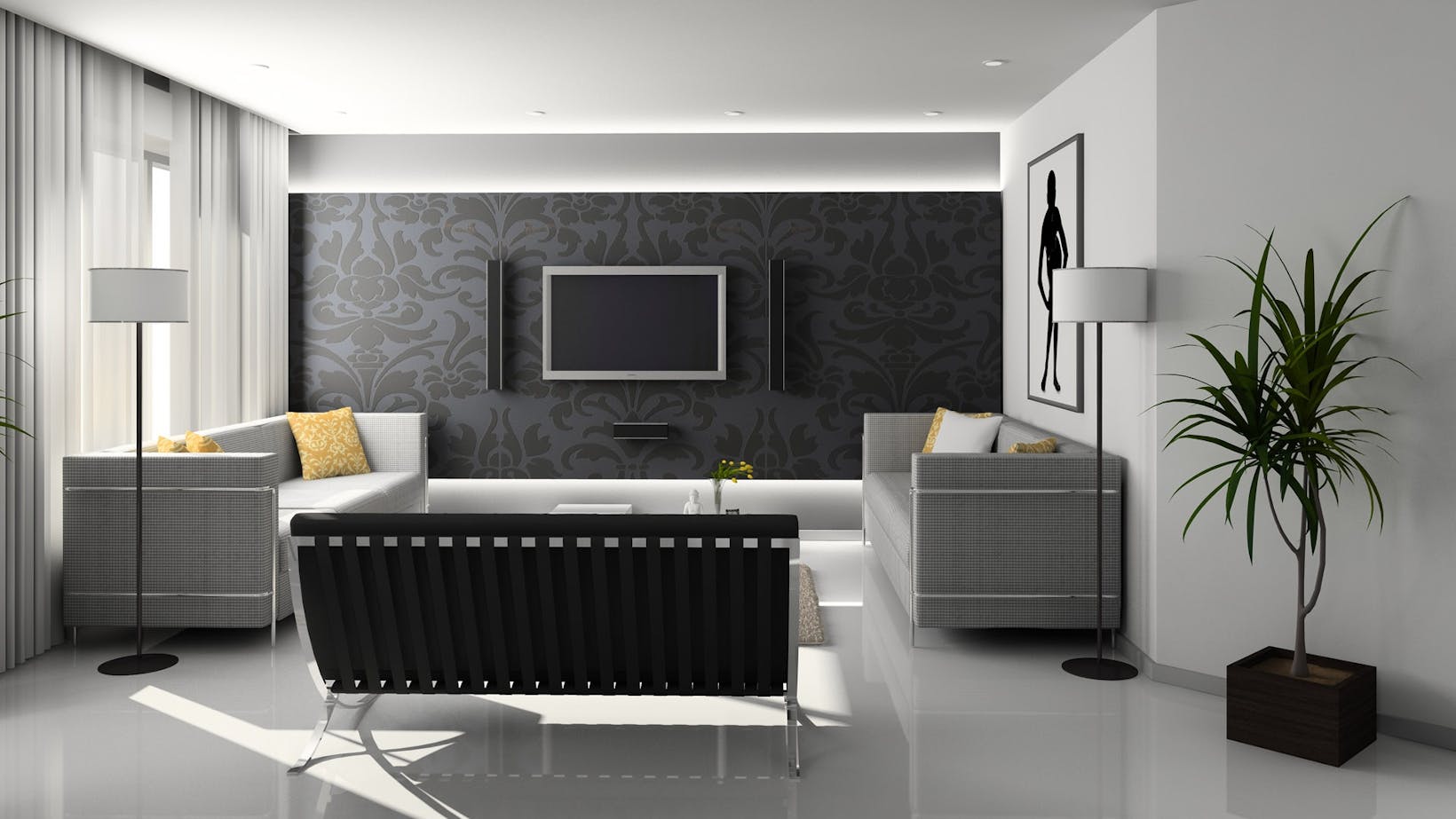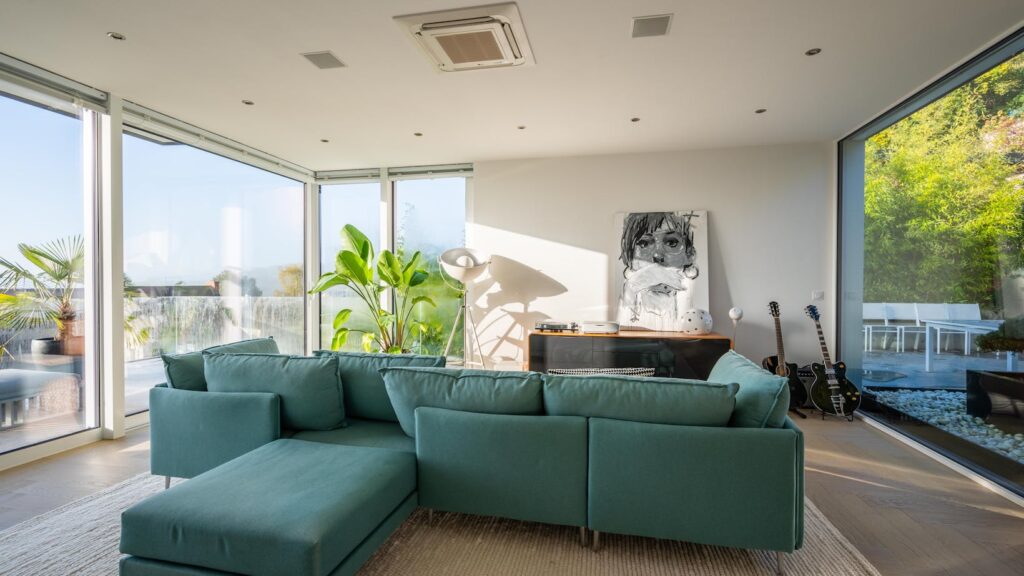When it comes to home décor, patterns are often the unsung heroes of interior design. They have the power to transform a bland space into a vibrant, dynamic environment. However, the art of mixing and matching patterns can be intimidating. Many fear creating a chaotic or mismatched look. But with a bit of help and some creativity, you can use patterns effectively to create a stunning and cohesive home interior.
Table of Contents
ToggleUnderstanding the Basics
Before diving into the mix and match, it’s crucial to understand the basics of patterns, which can be categorized into several types.
Geometric Patterns: These are patterns composed of shapes like squares, triangles and hexagons. They’re often modern and can add structure to your room.
Floral Patterns: These bring a natural element into your space. They’re perfect for adding a touch of elegance and softness too.
Stripes: Whether horizontal or vertical, stripes can create a sense of movement and direction. They’re versatile, too, allowing them to be bold and subtle.
Abstract Patterns: These include artistic, non-representational designs that can add a unique and contemporary flair to your room.
Animal Prints: These are bold and dramatic. Introducing a luxurious and exotic feel to your home.
Start with a Neutral Base
When incorporating patterns, it can be incredibly helpful to start with a neutral base. Colors such as white, beige, grey, or even soft pastels provide a calm backdrop that allows your patterns to shine through without overwhelming the space. For example, a neutral-colored sofa or walls can serve as the canvas on which you layer your patterned décor.
Choose a Dominant Pattern
To avoid visual chaos. It’s wise to choose one dominant pattern that will anchor your room. This pattern will be the focal point and the largest in scale compared to other patterns in the space.

For instance, if you have a large floral-patterned area rug, it becomes the primary pattern in the room. Once the dominant pattern is established, you can introduce other, smaller patterns.
Mix Patterns of Different Scales
One of the keys to successfully mixing patterns is to vary their scales. Combining large, medium, and small-scale patterns creates a balanced and harmonious look. If your dominant pattern is large, complement it with medium and small-scale patterns. Think about a large floral rug and how it can be paired with medium-sized geometric cushions and smaller striped throw blankets.
Stick to a Cohesive Color Palette
A cohesive color palette is necessary to tie your different patterns together, making them look intentional rather than random. Choose a palette of three to five colors, ensuring all your patterns incorporate at least one or two of the colors. This approach allows you to create a sense of unity, and it helps different patterns coexist harmoniously.
Balance Bold with Subtle
While bold patterns can make a statement, using too many can be overwhelming. Balance them with subtle patterns to create a visually pleasing contrast. For example, you could pair bold, large-scale geometric wallpaper with subtle, small-scale polka dot cushions or even a simple striped throw. This balance prevents your interior from feeling too busy as it allows each pattern to stand out.
Patterns and Architecture
Patterns can be used strategically to highlight architectural features in your home. For example, if you have a beautiful bay window, use patterned curtains to draw attention to it.

Similarly, a patterned wallpaper can accentuate a feature wall or fireplace, turning it into a focal point. The intricate geometric patterns of parquet flooring, such as herringbone or chevron designs, offer another excellent example of this.
Don’t Forget About Texture
Patterns aren’t limited to print; they can also be created through textures. Mixing different textures adds depth and interest to your space. A velvet patterned cushion can complement a silk floral curtain; a woven rug can contrast beautifully with a smooth, patterned wallpaper. The interplay of textures can enhance the overall look and feel of your home.
Experiment with Patterned Accessories
If you’re new to mixing patterns, start small with accessories. Play around with cushions, rugs, throws, and artwork, as they’re easy to switch out and experiment with. This approach also allows you to figure out different combinations without committing to a large, patterned sofa or wallpaper.
